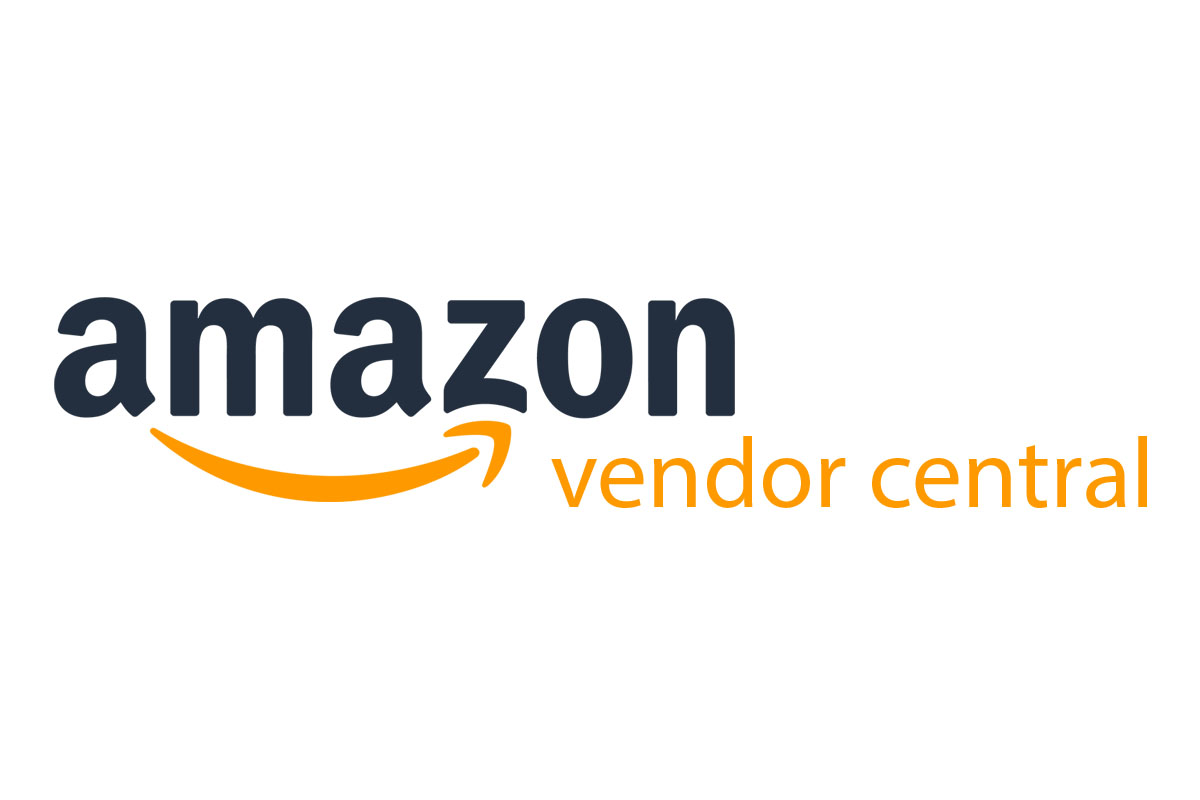Amazon Direct Fulfillment Guide

Mark Gregory
E-commerce Operations Expert

Amazon Vendor Central is an invite-only programme that allows established brands to sell directly to Amazon rather than through the marketplace. This comprehensive guide explores the benefits, requirements, and implementation process.
Key Financial and Operational Benefits
Stock Control Advantages
- Maintain complete inventory control
- No FBA storage costs
- Avoid seasonal stock returns
- Direct shipment management
Cost Considerations
- Base cost plus margin pricing
- Advertising costs responsibility
- Negotiable returns/damages percentage
- Excludes carriage and VAT
Pro Tip: Terms including advertising costs and returns percentages are often negotiable during the invitation process.
Understanding Amazon Vendor Central
Unlike selling on the marketplace, Amazon Vendor Central is not open for general application. It's an exclusive, invite-only programme designed for established brands and manufacturers in the UK market.
Who Gets Invited?
- Successful marketplace sellers with strong branded product lines
- Established brands with proven market demand
- Trade fair exhibitors with promising products
- Brands with unique or high-demand products
Understanding the distinction between Amazon Vendor Central (1P) and Seller Central (3P) is crucial for your business strategy.
Vendor Central (1P)
- Sell directly to Amazon
- Receive purchase orders from Amazon
- No direct pricing control
- Bulk inventory management
Seller Central (3P)
- Sell directly to customers
- Control your own pricing
- Manage individual sales
- Optional FBA service
Amazon Vendor Central offers a comprehensive suite of tools to manage your business relationship with Amazon.
Core Features
- Orders Management
- Item Catalogue
- Marketing Tools
- Payment Processing
Advanced Tools
- Retail Analytics
- A+ Content
- Amazon Vine
- PPC Campaigns
Amazon Vendor Central primarily caters to established brands and manufacturers who sell their products directly to Amazon for resale.
Key Brand Requirements
- Strong brand reputation
- Proven track record
- Quality product offerings
As a vendor, you'll operate on a wholesale model, selling products directly to Amazon who then manages retail sales and customer service.
Vendor Benefits
- Predictable orders
- Simplified logistics
- Reduced customer service
Amazon Handles
- Retail pricing
- Customer support
- Returns processing
1. Receive Invitation
Wait for Amazon's invitation or connect with specialist consultants who can facilitate introductions.
2. Review Terms
Carefully review Amazon's terms of business. While generally non-negotiable, larger brands may have some flexibility.
3. Account Setup
Complete the registration process and provide necessary product and cost information.
4. Begin Operations
Start receiving purchase orders based on market demand for your products.
Direct Fulfilment is a retail dropshipping programme that allows vendors to ship orders directly to customers on Amazon's behalf. This model has gained significant traction, especially during periods of supply chain disruption.
Amazon
Your Warehouse
How It Works
- Amazon purchases products wholesale from vendors
- Products are listed as "Sold by Amazon"
- Orders are forwarded to vendors for fulfilment
- Vendors ship directly to end customers
| Feature | Direct Fulfilment | Fulfilled by Amazon |
|---|---|---|
| Inventory Storage | Vendor manages | Amazon manages |
| Shipping Costs | Amazon covers | Seller pays |
| Quality Control | Full control | Limited control |
| Search Visibility | Standard | Enhanced |
Advantages
- Amazon handles customer service
- Shipping costs covered
- Better quality control
- Wider SKU range possible
- Reduced stockout risk
Considerations
- More operational work
- Need for warehouse space
- Staff requirements
- Lower search visibility
1. Initial Setup
Request Direct Fulfilment access through your Vendor Portal or during onboarding.
2. Portal Access
Receive and accept invitation to the Drop Ship Central portal.
3. Configure Settings
Set up shipping preferences, warehouse details, and operational schedules.
4. Inventory Integration
Upload inventory feed information and begin operations.
Implementation Process
Initial Setup
- • Accept vendor invitation
- • Complete onboarding process
- • Provide company information
- • Set up tax details
Ongoing Management
- • Manage inventory levels
- • Monitor performance metrics
- • Optimize product listings
- • Review analytics reports